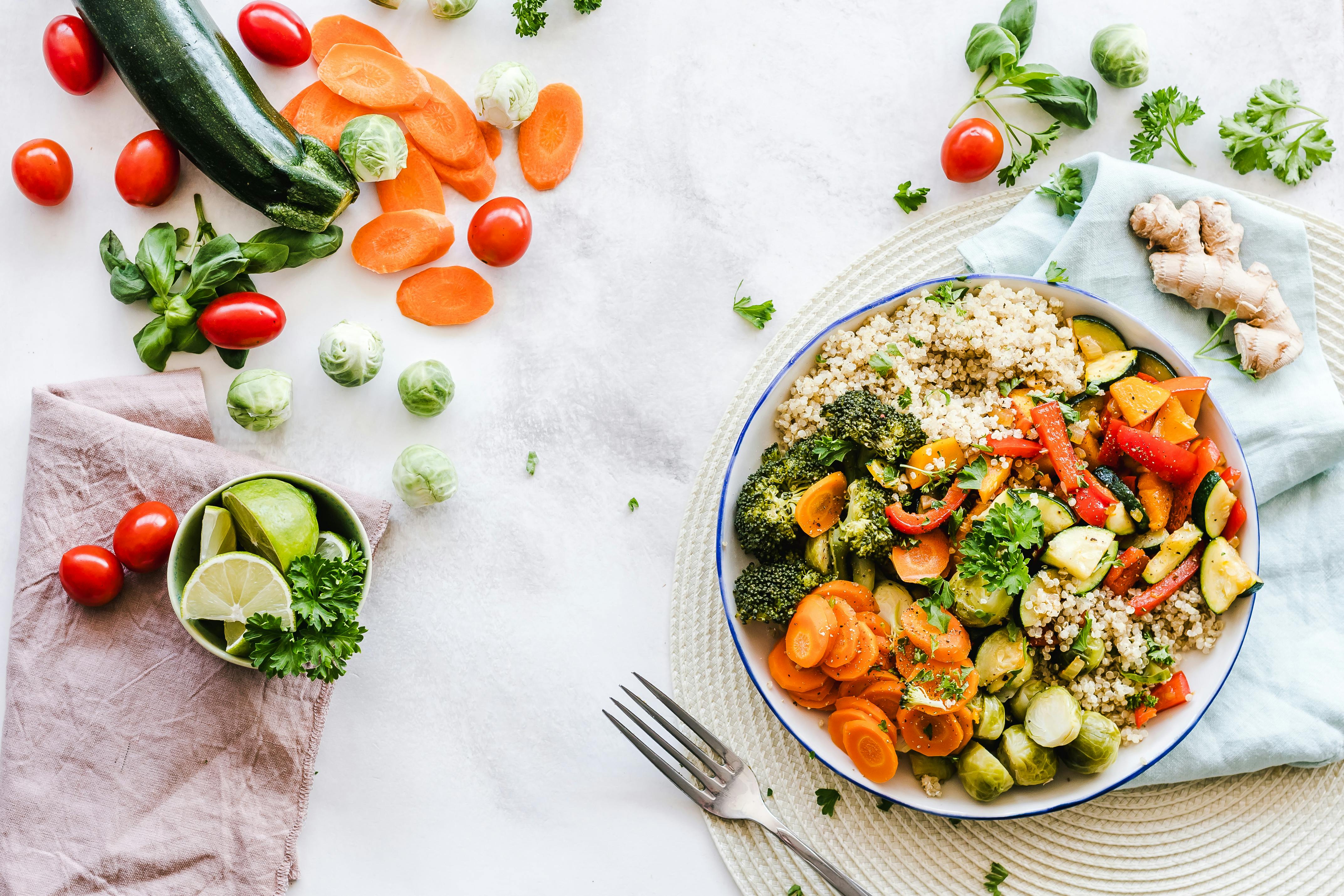Dreaming of a sculpted midsection and saying goodbye to stubborn belly fat? Achieving visible abs isn’t just about endless crunches; it’s fundamentally about nutrition. This comprehensive guide will walk you through the principles of a high-protein, low-carbohydrate diet, a powerful strategy for fat loss and muscle definition. We’ll explore why this approach works, provide practical meal examples, and offer tips to integrate it seamlessly into your lifestyle.
Did you know that protein has a higher thermic effect than carbohydrates or fats? This means your body expends more energy digesting protein, contributing to a greater calorie burn. By the end of this article, you’ll have a clear roadmap to fuel your body for fat loss and reveal the abs you’ve been working towards.
The Science Behind High-Protein, Low-Carb for Fat Loss
A high-protein, low-carbohydrate diet focuses on maximizing protein intake while significantly reducing carbohydrate consumption. This dietary strategy leverages several physiological mechanisms to promote fat loss, particularly around the abdominal area, and support muscle preservation.
Protein’s Role in Satiety and Metabolism
Protein is renowned for its ability to increase satiety, helping you feel fuller for longer periods. This reduces overall calorie intake by curbing cravings and preventing overeating. Furthermore, protein has a higher thermic effect of food (TEF) compared to fats and carbohydrates. This means your body expends more energy digesting, absorbing, and metabolizing protein, slightly boosting your daily calorie expenditure.
Fact: Research suggests that protein’s thermic effect can be up to 20-30% of its caloric content, significantly higher than carbohydrates (5-10%) or fats (0-3%). This contributes to a greater overall energy expenditure.
Low-Carb and Insulin Sensitivity
Reducing carbohydrate intake, especially refined sugars and starches, helps stabilize blood sugar levels and lower insulin secretion. Insulin is a hormone that, among other functions, promotes fat storage. By keeping insulin levels low and stable, your body is encouraged to tap into its fat reserves for energy, including stubborn belly fat. This metabolic shift can be particularly effective for individuals aiming for a leaner physique.
Key Components of Your High-Protein, Low-Carb Plate
Building a successful high-protein, low-carb diet involves selecting the right foods that provide essential nutrients without excess carbohydrates. Focus on whole, unprocessed foods to maximize nutritional value.

Protein Powerhouses
Prioritize lean protein sources at every meal. These foods are crucial for muscle repair, growth, and maintaining satiety throughout the day.
- Lean Meats: Chicken breast, turkey, lean beef (sirloin, round), pork loin.
- Fish and Seafood: Salmon, cod, tuna, shrimp, mackerel. Rich in omega-3 fatty acids.
- Eggs: Whole eggs are a complete protein source and versatile.
- Dairy: Plain Greek yogurt, cottage cheese, whey protein.
- Plant-Based Proteins: Tofu, tempeh, edamame, protein powder (pea, soy, rice).
Smart Carb Choices
While reducing carbs, it’s important to choose nutrient-dense sources that provide fiber and essential vitamins. Focus on non-starchy vegetables.
- Leafy Greens: Spinach, kale, lettuce, collard greens.
- Cruciferous Vegetables: Broccoli, cauliflower, Brussels sprouts, cabbage.
- Other Non-Starchy Veggies: Bell peppers, zucchini, asparagus, green beans, mushrooms.
- Berries (in moderation): Strawberries, blueberries, raspberries – lower in sugar than other fruits.
Healthy Fats for Fuel
Don’t shy away from healthy fats. They are essential for hormone production, nutrient absorption, and can contribute to satiety.
- Avocado: A great source of monounsaturated fats and fiber.
- Nuts and Seeds: Almonds, walnuts, chia seeds, flax seeds, pumpkin seeds (in moderation due to calories).
- Olive Oil: Extra virgin olive oil for dressings and light cooking.
- Fatty Fish: Salmon, mackerel, sardines (also a protein source).
Sample High-Protein, Low-Carb Meal Plan (2025)
Here’s a practical example of how a day on a high-protein, low-carb diet might look. Remember to adjust portion sizes based on your individual caloric and macronutrient needs, which can vary significantly based on activity level, age, and gender.

Daily Meal Plan Example
| Meal | Example Foods | Key Nutrients |
|---|---|---|
| Breakfast | Scrambled eggs (3-4) with spinach and mushrooms, a slice of avocado. | High Protein, Healthy Fats, Fiber |
| Lunch | Large grilled chicken salad with mixed greens, bell peppers, cucumber, olive oil & vinegar dressing. | Lean Protein, Vitamins, Minerals |
| Snack | Handful of almonds or a small serving of plain Greek yogurt. | Protein, Healthy Fats |
| Dinner | Baked salmon with steamed broccoli and asparagus. | Omega-3s, Protein, Fiber |
Pro Tip: Meal prepping on weekends can significantly help you stick to your diet during busy weekdays. Cook larger batches of protein sources like chicken or ground turkey, and chop vegetables in advance.
Beyond Diet: The Holistic Approach to Abs
While diet is paramount for fat loss, achieving and maintaining a six-pack requires a holistic approach that includes regular exercise, adequate hydration, and sufficient rest.

Exercise: The Core of Definition
Consistent exercise, combining strength training and cardiovascular activity, is vital. Strength training builds muscle, which boosts your metabolism, while cardio helps burn calories and reduce overall body fat. Incorporate specific core exercises like planks, crunches, and leg raises to strengthen and define your abdominal muscles.
Hydration and Sleep
Staying well-hydrated is crucial for all bodily functions, including metabolism and appetite control. Aim for at least 8 glasses of water daily. Quality sleep (7-9 hours per night) is equally important, as sleep deprivation can disrupt hormones that regulate appetite and fat storage, such as ghrelin and leptin.
Important Considerations and Professional Guidance
Before making significant dietary changes, especially if you have underlying health conditions, it’s always advisable to consult with a healthcare professional or a registered dietitian. They can provide personalized advice tailored to your specific needs and health status.
Listen to Your Body
Every individual responds differently to dietary changes. Pay attention to how your body feels, your energy levels, and your overall well-being. Adjust your food choices and portion sizes as needed. Consistency, not perfection, is key to long-term success.
Further Resources for Your Journey
To deepen your understanding of protein’s role in your diet, consider exploring resources from reputable health organizations. For example, Harvard Health provides excellent, up-to-date information on various nutritional topics.
- Learn more about daily protein needs from a trusted source: How much protein do you need every day? (Harvard Health Publishing, updated 2024). This article offers insights into recommended protein intake for various individuals.
Conclusion: Your Path to a Stronger Core
Embracing a high-protein, low-carbohydrate diet can be a highly effective strategy for reducing belly fat and revealing defined abdominal muscles. By focusing on lean proteins, nutrient-dense non-starchy vegetables, and healthy fats, you can optimize your body’s fat-burning potential while maintaining satiety and muscle mass.
Remember, diet is just one piece of the puzzle. Combine your nutritional efforts with consistent exercise, adequate hydration, and quality sleep for the best results. Consistency and patience are your greatest allies on this journey.
What steps will you take this week to incorporate more high-protein, low-carb meals into your routine? Share your favorite recipes or tips in the comments below!
